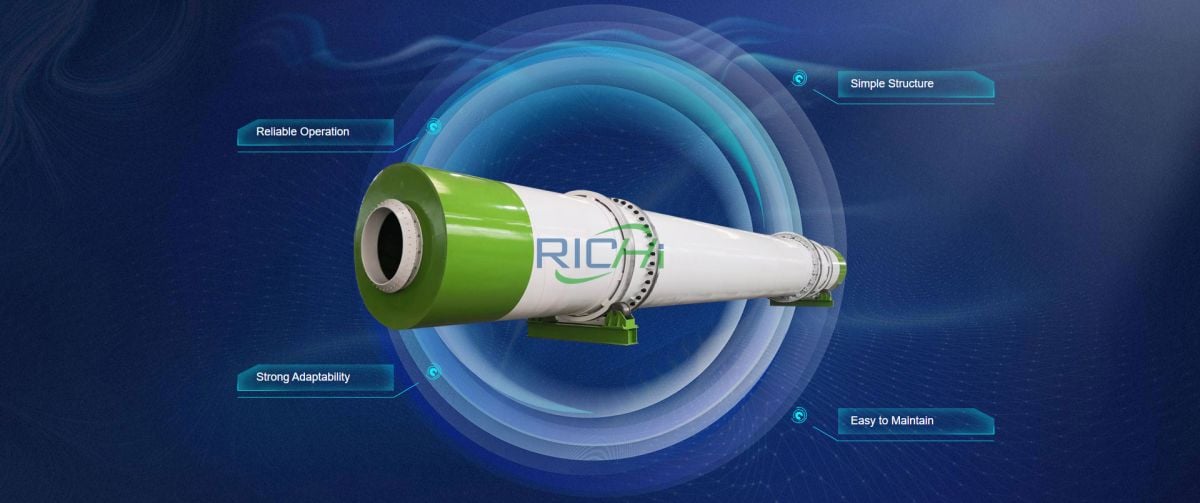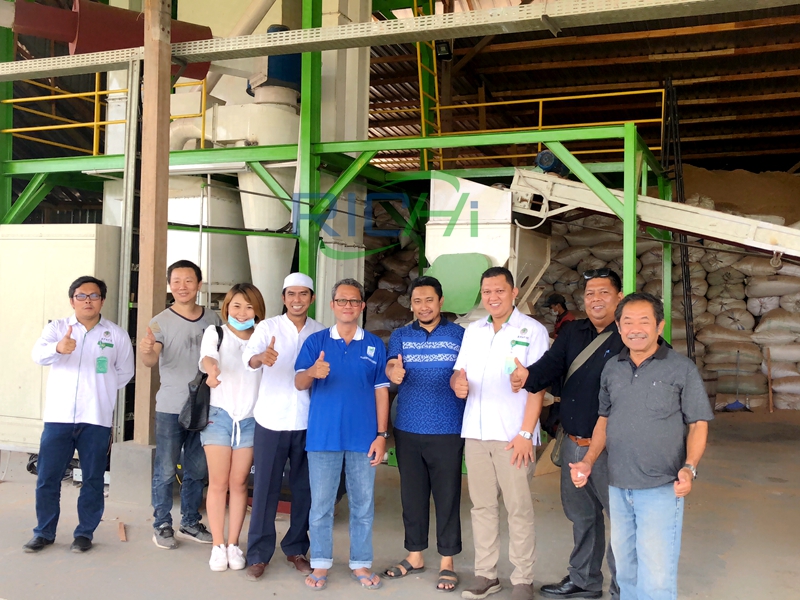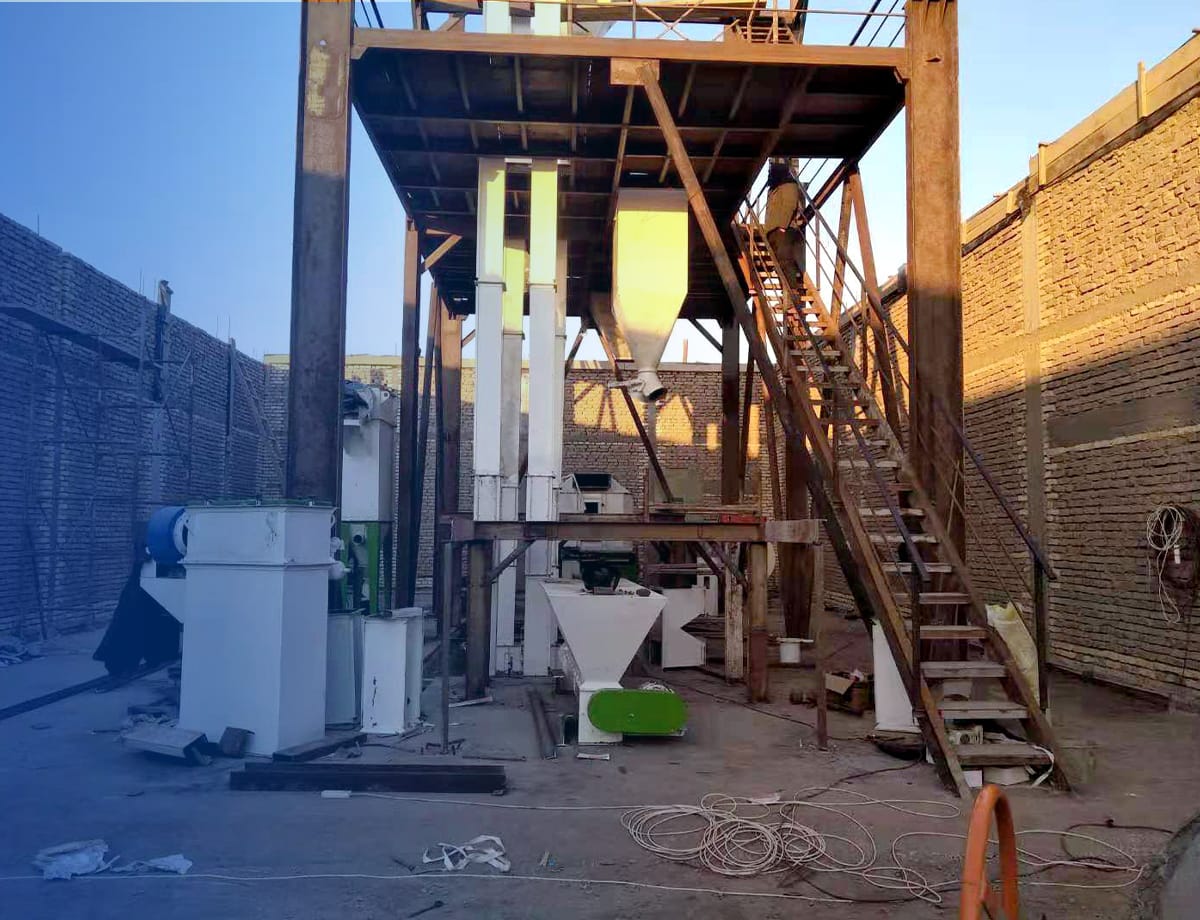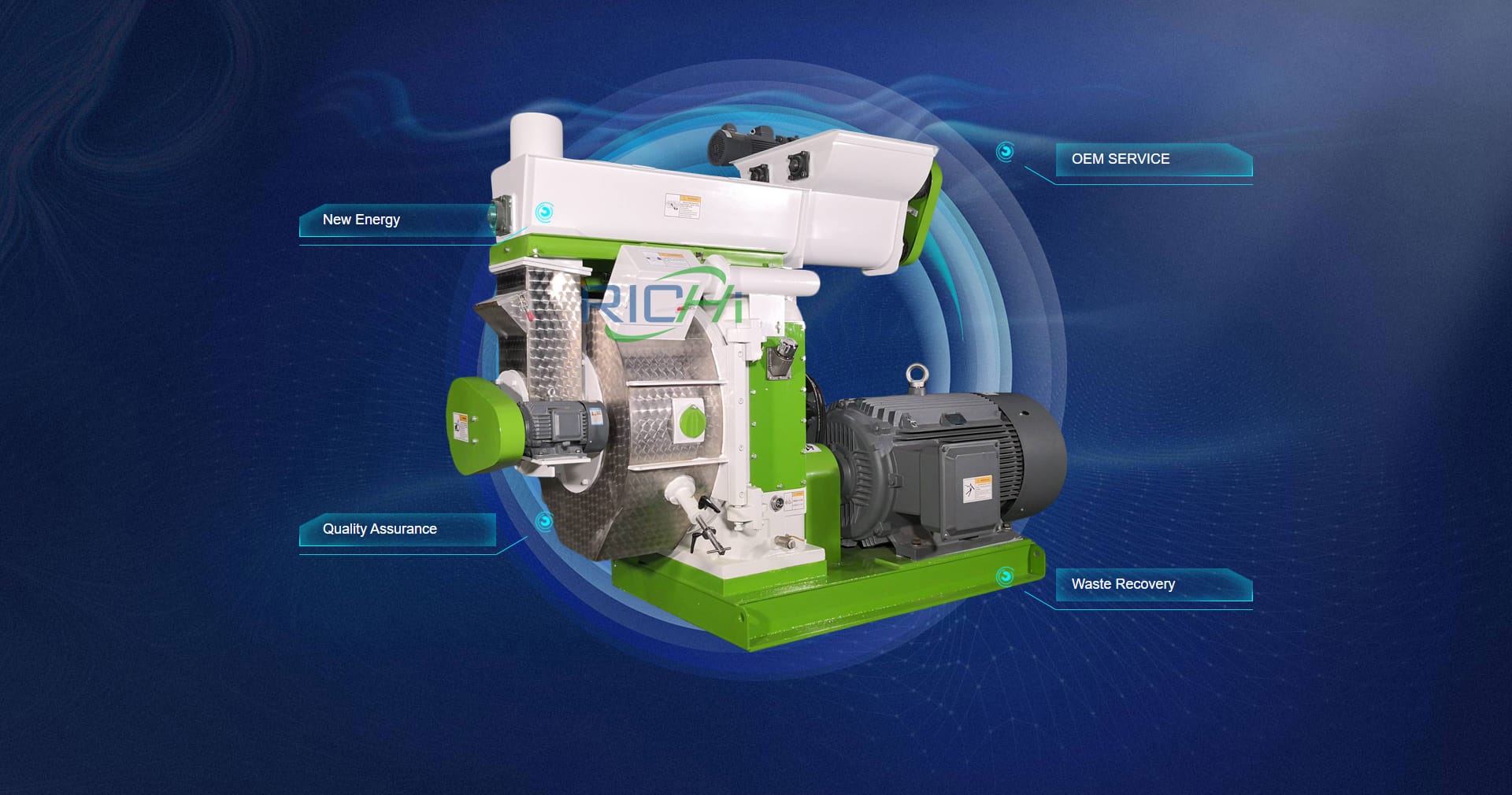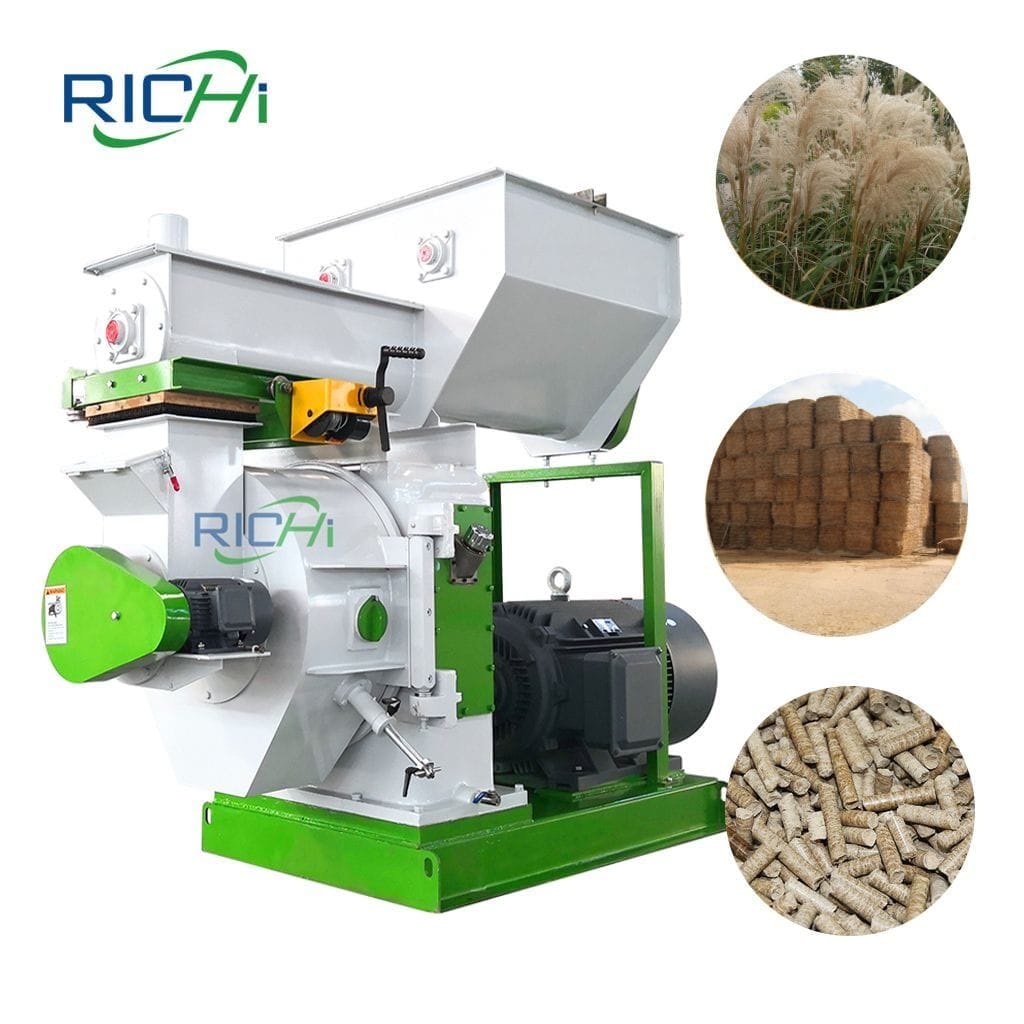Wood chip dryers have become essential tools in the wood processing industry, particularly for improving the utilization of sawdust, a common by-product in woodworking operations. This article delves into how wood chip dryers can enhance the efficiency and value of sawdust by addressing its challenges and expanding its applications.
Understanding Sawdust and Its Challenges
Sawdust is a fine wood particle generated during sawing, milling, and other woodworking processes. While abundant, sawdust poses challenges in terms of storage, handling, and utilization due to its high moisture content, which typically ranges from 30% to 60%—and can reach up to 80% for fresh sawdust. This moisture content limits sawdust’s immediate usability and diminishes its value.
The Role of Wood Chip Dryers
Wood chip dryers, despite their name, are versatile machines capable of drying various wood materials, including sawdust. These dryers effectively reduce the moisture content of sawdust to optimal levels, usually between 8% and 15%, making it suitable for a wide range of applications.

Key Benefits of Drying Sawdust
- Improved Storage and Handling:
- Lowering the moisture content reduces the volume and weight of sawdust, making it easier to store and transport.
- Reduced moisture also minimizes the risk of mold growth and spontaneous combustion during storage.
- Enhanced Value for Further Processing:
- Dried sawdust is crucial for producing high-quality wood pellets, particleboard, and other engineered wood products.
- Consistent moisture levels ensure better quality control in manufacturing processes.
- Increased Energy Efficiency:
- When used as biomass fuel, dried sawdust offers a higher calorific value, leading to improved energy output in combustion processes.
- Expanded Market Opportunities:
- Dried sawdust can be utilized in various applications, such as animal bedding, composting, and as a raw material for different industries.
Types of Wood Chip Dryers Suitable for Sawdust
- Rotary Drum Dryers:
- Rotary drum dryers are commonly used for sawdust drying due to their efficiency and capacity to handle large volumes.
- Companies like The ONIX Corporation provide customizable rotary drum dryers for sawdust, offering energy-efficient solutions.
- Flash Dryers:
- Flash dryers are ideal for fine particles like sawdust, using hot air to quickly dry the material.
- Biopellet Machine offers flash dryers capable of reducing sawdust moisture content to as low as 3-5%, making it suitable for direct pelletizing.
- Belt Dryers:
- Belt dryers offer gentle, low-temperature drying, which benefits heat-sensitive materials.
- Dorset Group’s belt dryers utilize residual heat for drying sawdust, providing an energy-efficient solution that operates year-round.
Case Study: Enhancing Sawdust Utilization
A sawmill that implemented a wood chip dryer for sawdust reported significant improvements, including:
- A 40% reduction in storage space requirements.
- A 30% increase in the sale price of dried sawdust.
- Expansion into new markets, including animal bedding and pellet production.
- Reduced waste disposal costs by utilizing more sawdust on-site and for sale.
Considerations for Implementing Wood Chip Dryers
- Energy Source:
- Consider using waste heat from other processes to power the dryer, as demonstrated by Dorset’s systems.
- Evaluate renewable energy options to reduce operational costs and environmental impact.
- Integration with Existing Systems:
- Assess how the dryer can be integrated into current production lines for maximum efficiency.
- Consider automated material handling systems to streamline the drying process.
- Scale of Operation:
- Choose a dryer size that matches your production volume and future growth plans.
- Some manufacturers offer modular systems that can be expanded as needed.
- Environmental Considerations:
- Implement dust collection systems to manage airborne particles during the drying process.
- Consider heat recovery systems to improve overall energy efficiency.
- Quality Control:
- Implement moisture monitoring systems to ensure consistent output quality.
- Regular maintenance of dryers is crucial for optimal performance and longevity. (Related post:belt dryer machine)
Economic Impact
The implementation of a wood chip dryer for sawdust can yield significant economic benefits, such as:
- Reduced waste disposal costs.
- Creation of a value-added product from a previously low-value by-product.
- Potential for new revenue streams through diversified product offerings.
- Improved energy efficiency when using dried sawdust as biomass fuel.
Environmental Benefits
Efficient utilization of sawdust through drying contributes to sustainability efforts, including:
- Reduced landfill waste.
- Lower transportation emissions due to reduced volume and weight.
- Increased use of biomass as a renewable energy source.
- More efficient use of wood resources, supporting sustainable forestry practices.
Conclusion
Wood chip dryers are instrumental in enhancing sawdust utilization, transforming a challenging by-product into a valuable resource. By reducing moisture content, these dryers improve the handling, storage, and processing capabilities of sawdust, unlocking new market opportunities and increasing its overall value.
As the wood processing industry continues to prioritize efficiency and sustainability, the adoption of wood chip dryers for sawdust represents a significant step towards maximizing resource utilization. With advancements in drying technology and a growing emphasis on circular economy principles, the future of sawdust utilization looks promising, offering substantial economic and environmental benefits to the industry.






